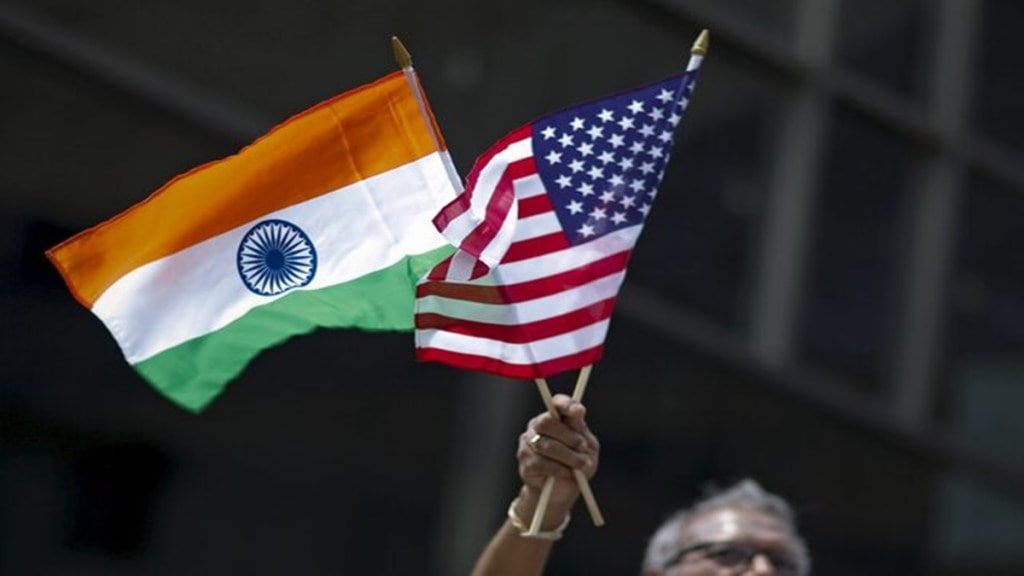A team of officials from the ministry of commerce is likely to visit the US next week to “iron out certain issues,” before both the countries launch formal negotiations on their Bilateral Trade Agreement (BTA). The visit comes amidst the virtual discussions between sector experts from India and the US, which began early this week. After the virtual dialogues, formal confabulations would begin when negotiators meet physically in the later part of May.
While the Indian team would be in Washington for talks, the US Vice President would be in India for an official-cum-private visit from March 21 to March 24. Vance will meet Prime Minister Narendra Modi on April 21.
According to sources, the discussions in the US could focus on arriving at greater clarity in the modalities and schedule of negotiations. What subjects could be taken up first for faster conclusion of the BTA might also be identified during the talks. The US is keen on Indian agriculture market, wants the country to adopt a liberal patenting regime, and be more open to US investments and enterrise in retail, and e-commerce.
The exact concessions both sides could offer would, however, be part of discussions only when formal negotiating round starts.
Apart from trade-related matters and BTA, defence partnership across multiple domains, connectivity, energy security issues including civil nuclear energy, and multilateral cooperation including under the Quad are likely to figure in talks between Modi and Vance.
“The visit will provide an opportunity for both sides to review the progress in bilateral relations and the implementation of the outcomes of the India-U.S. Joint Statement issued on February 13 during the visit of the Prime Minister to the US. The two sides will also exchange views on regional and global developments of mutual interest,” ministry of external Affairs said. Apart from meeting the PM, Vance and his delegation will have other engagements in New Delhi. Later the US vice-president will visit Agra and Jaipur.
The joint statement talked of taking bilateral trade to $ 500 billion. To achieve that both sides agreed to negotiate the first tranche of the BTA by autumn of this year The statement had also talked of increasing investment flows and deepening defence and strategic partnership.
While BTA talks are on, the issue of reciprocal tariffs by the US on India still remains. ”On tariff issues we are continuously talking to the US. BTA should be finalised as early as possible,” spokesman of Ministry of External Affairs Randhir Jaiswal said at the weekly media briefing. Reciprocal tariffs – 26% on India- have been suspended for a 90-day period. The baseline tariffs of 10%, however, stay.
The sector experts in virtual meetings will discuss areas like goods trade, tariffs, non-tariff barriers, rules of origin and customs regulations among others.
While the BTA is being negotiated under a tight deadline, efforts are on to beat that. “We are on schedule as far as BTA negotiations are concerned,” an official had said earlier.
There is a view among some officials that the 90-day period of pause on reciprocal tariffs gives time for some kind of an understanding with the US to avoid them.
The BTA process was kicked-off when Commerce and Industry Minister Piyush Goyal visited the US in March and met his U.S. counterparts – U.S. Trade Representative Jamieson Greer and Commerce Secretary Howard Lutnick. In late March US side by Assistant US Trade Representative for South and Central Asia Brendan Lynch was in India with a delegation to meet officials of the commerce ministry involved in BTA negotiations. The discussions that went on for four days finalised the contours and Terms of Reference (ToR) of the BTA.
India has a headstart among 75 countries who are seeking a trade deal with the US after the announcement of reciprocal tariffs. The government is taking every measure to ensure that the trade with the US is not disrupted as it remains the biggest trade partner. In 2024 India’s merchandise exports to the US grew 11.6% on year to $ 86.51 billion while imports grew 7.4% to $ 45.3 billion.

